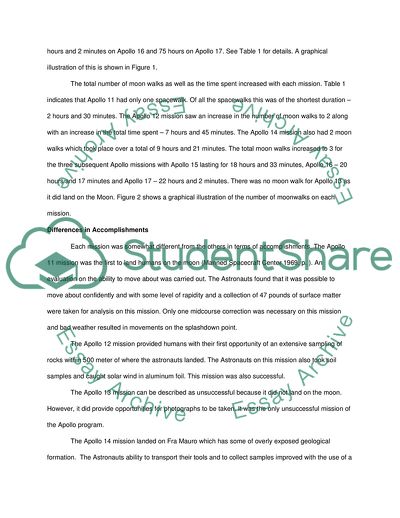Cite this document
(The Apollo Programs Statistics Project Example | Topics and Well Written Essays - 1250 words, n.d.)
The Apollo Programs Statistics Project Example | Topics and Well Written Essays - 1250 words. https://studentshare.org/statistics/1778034-nasa-missions
The Apollo Programs Statistics Project Example | Topics and Well Written Essays - 1250 words. https://studentshare.org/statistics/1778034-nasa-missions
(The Apollo Programs Statistics Project Example | Topics and Well Written Essays - 1250 Words)
The Apollo Programs Statistics Project Example | Topics and Well Written Essays - 1250 Words. https://studentshare.org/statistics/1778034-nasa-missions.
The Apollo Programs Statistics Project Example | Topics and Well Written Essays - 1250 Words. https://studentshare.org/statistics/1778034-nasa-missions.
“The Apollo Programs Statistics Project Example | Topics and Well Written Essays - 1250 Words”. https://studentshare.org/statistics/1778034-nasa-missions.


